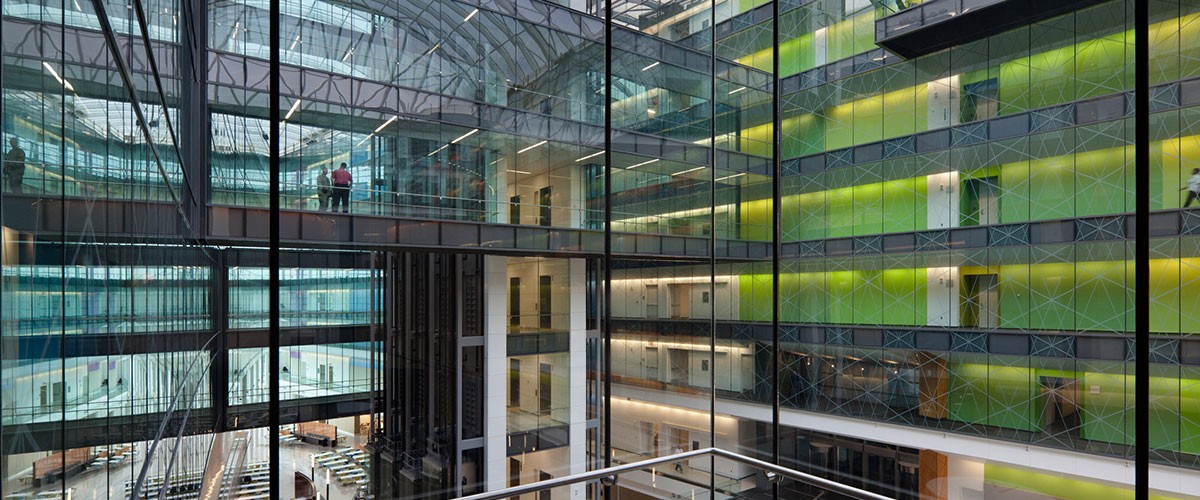When it comes to construction of office buildings green is the new black The Washington Post
Post on: 7 Май, 2015 No Comment

By Walter Page, Jeff Myers, Connor Bevans and Sam Tenenbaum October 20, 2013
In an effort to attract and retain talent and promote a healthier work environment, many corporate tenants are looking to locate in sleeker, brighter spaces. And increasingly, companies concerned over rising energy costs and seeking to minimize their environmental footprints are putting green office space high on their wish list.
In turn, office developers looking to maximize their potential pool of tenants are regularly delivering Energy Star and LEED-certified office buildings. Nationally, a third of all new office space completed in 2011 was green.
Washington is at the forefront of the green office trend, largely because several federal laws, such as the Energy Independence and Security Act of 2007, included energy efficiency requirements for federal buildings. These incentives have created a surge in LEED and Energy Star construction throughout the region. Since 2009, almost two-thirds of all office space built here has been either LEED-certified or Energy Star efficient. Demand has been strong during their leasing periods, as green buildings command lower vacancies (20.7 percent vs. 17 percent) than non-green counterparts.
The D.C. neighborhood north of Massachusetts Avenue known as NoMa is home to one of the more successful green office projects in the metropolitan area. The third building of the Station Place development, 700 2nd St. NE, was built in 2009 while the office market was in the grip of the recession. Less than a year after completion, the building had two anchor tenants signed and was nearly fully leased.
Capitalizing on the government directives to lease green space, the building owners coaxed the Securities and Exchange Commission to occupy 40 percent of the space in the building and signed Kaiser Permanente to fill another 40 percent. Meanwhile, multiple non-green buildings in nearby Capitol Hill that delivered during 2009-2010 are still not yet fully leased.
As the next wave of office construction hits the city, expect green construction to be the standard. Increasingly, tenants are expecting it, and if developers don’t have it, they can find themselves at a disadvantage when it comes to leasing that space.
Walter Page is director of U.S. office research, Jeff Myers is a senior real estate economist and Connor Bevans and Sam Tenenbaum are real estate economists with CoStar Group in Washington. Visit www.costar.com for more information.














